Guaranteed harvest despite drought and flood, taking stock of emerging interest-bearing stablecoins

Reprinted from panewslab
12/25/2024·4MBackground: Stablecoins have become a battleground for military
strategists
Cryptocurrencies have always given the impression to the outside world that they are highly volatile, and tokens are prone to skyrocketing rises and falls, which does not seem to have much to do with "stability." Stablecoins are mostly anchored to the U.S. dollar. They can not only be used as chips in exchange for other tokens, but are also suitable for payment services and other functions. The overall market value of this sector exceeds 200 billion US dollars, and it is already a relatively mature sector in the encryption market.
However, currently the most common USDT and USDC on the market are centralized institutions, and their combined market share accounts for nearly 90%. Other projects also want to grab this piece of the pie. For example, Web 2 payment giant PayPal will launch its own stable currency pyUSD in advance in 2023; recently XRP parent company Ripple also issued RLUSD in an attempt to challenge the stable currency market.
The above two cases are more about payment services using stablecoins, which are mostly backed by US dollars or short-term treasury bonds as collateral, while decentralized stablecoins place more emphasis on yields, anchoring mechanisms, and compatibility with DeFi. sex.
The market’s desire for decentralized stablecoins has never diminished. From DAI to UST, from the types of collateral behind it to the anchoring mechanism, the development process of decentralized stablecoins has gone through several iterations, and the use period was pioneered by Ethena. Cash arbitrage + staking to generate income USDe has opened up users’ imaginations about interest-bearing stablecoins. USDe’s stablecoin is also the third largest in the market in terms of market capitalization, reaching US$5.9 billion. Recently, Ethena and BlackRock collaborated to launch RWA A USDtb stablecoin that provides income, this product avoids the risk of negative funding rates and can stably collect interest during bull or bear markets. It complements the overall product line and makes Ethena the focus of market attention.
In view of Ethena's successful case, more and more interest-bearing stablecoin-related protocols are emerging on the market, such as: Usual, which recently announced cooperation with Ethena; Anzen, which is built in the Base ecosystem; and Resolv, which uses ETH as collateral. What are the anchoring mechanisms of these three protocols? Where does the revenue source behind it come from? Let WOO X Research show you.
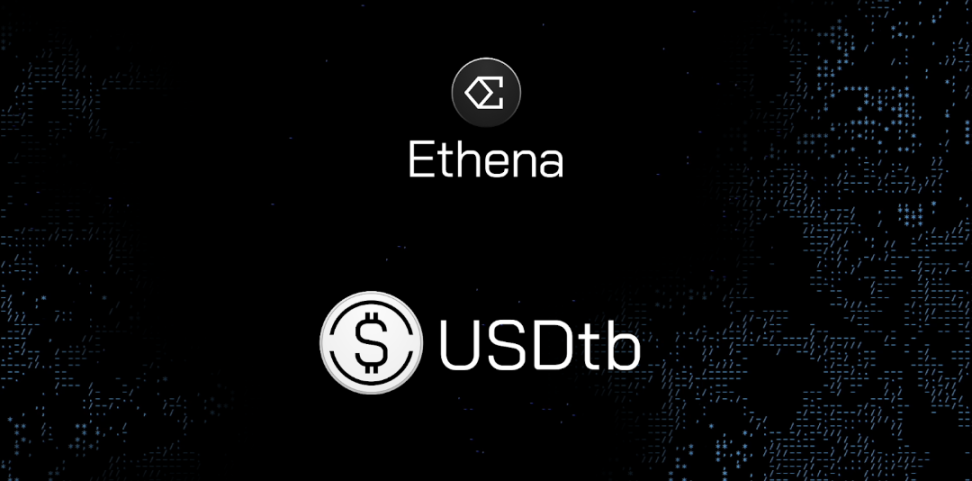
Source: Ethena Labs
USUAL: The team has a strong background and the token design has Ponzo
attributes.
RWA is an interest-bearing stablecoin. The interest-bearing assets behind it are short-term treasury bonds and the stablecoin is USD0. After pledging USD0, you will get USD0++, with $USUAL as the pledge reward. They believe that current stablecoin issuers are too centralized, and like traditional banks, rarely allocate value to users. USUAL will make users the same owners of the project, and 90% of the generated value will be returned to users.
In terms of project background, CEO Pierre Person has served as a member of the French Parliament and as a political advisor to French President Macron. Asia executive Yoko is the former fundraiser for the French presidential election. The project has good political and business relations in France, and the most important thing about RWA is to transfer physical assets to the chain. Supervision and government support are key to the success or failure of the project. Obviously, USUAL has good political and business relations, which is also a strong moat for the project.
Going back to the project mechanism itself, USUAL token economics has Ponzi properties. It is not just a mining currency and has no fixed circulation. The issuance of USUAL is linked to the TVL of the pledged USD0 (USD0++), which is an inflation model, but the circulation will It changes according to the "income growth" of the agreement, and strictly ensures that the inflation rate < the agreement growth rate.
Whenever USD0++ bond tokens are minted, a corresponding proportion of $USUAL will be generated and emitted to all parties. The Minting Rate of this conversion ratio will be the highest at the beginning after TGE. It is an exponential decline curve that gradually declines. The purpose It rewards early participants and creates scarcity of tokens in the later period, driving up the intrinsic value of tokens.
Simply put, the higher the TVL, the lower the USUAL emissions and the higher the value of a single USUAL.
The higher the USUAL currency price -> incentives to pledge USD0 -> TVL increases -> USUAL emissions decrease -> USUAL currency price increases
The market value of USD0 increased by 66% in the past week, reaching 1.4 billion US dollars, surpassing PyUSD, and USD0++ APY also reached 50%
Recently, Usual also reached a cooperation with Ethena to accept USDtb as collateral, and subsequently migrated some of the supported assets of the stablecoin USD0 to USDtb. In the coming months, Usual will become one of the largest minters and holders of USDtb.
As part of this cooperation, Usual will set up a sUSDe vault for bond product USD0++ holders, allowing Usual users to receive sUSDe rewards while continuing to maintain basic exposure to Usual. This will allow Usual users to take advantage of Ethena's rewards while increasing Ethena's TVL. Finally, Usual will incentivize and enable swaps of USDtb-USD0 and USDtb-sUSDe, increasing liquidity between core assets.
Recently, they have also opened USUAL staking. The reward source pledgers share is 10% of the total supply of USUAL. The current APY is as high as 730%.
generally:
- Current price: 1.04
- Market value ranking: 197
- Circulation market value: 488,979,186
- TVL: 1,404,764,184
- TVL/MC:2,865
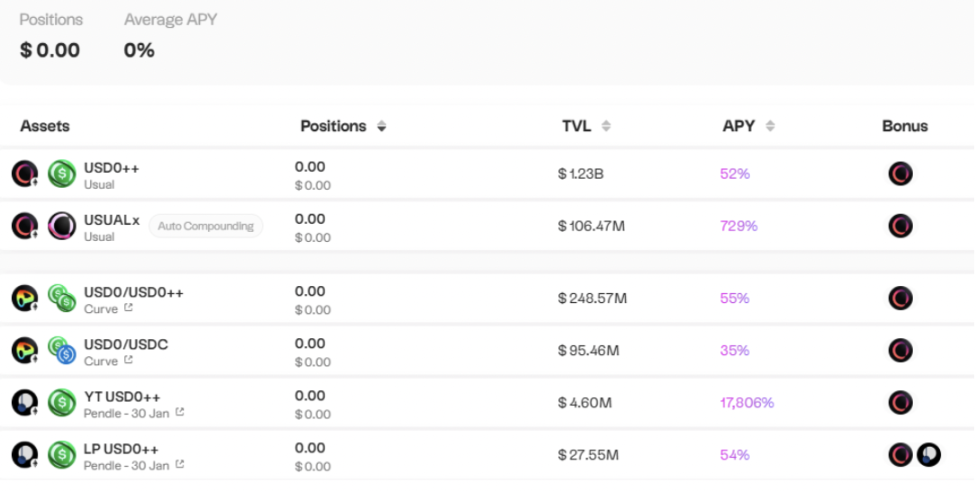
Source: usual.money
Anzen: Tokenization of Credit Assets
USDz issued by Anzen currently supports five supply chains, including ETH, ARB, MANTA, BASE and BLAST. The underlying assets are private credit asset portfolios. USDz can be pledged to obtain sUSDz, and RWA income can be obtained.
The assets behind it cooperate with Percent, a licensed broker-dealer in the United States. The risk exposure of the investment portfolio is mainly in the US market. The maximum proportion of a single asset does not exceed 15%. The investment portfolio is diversified into 6-7 assets. The current APY is about 10%.
Partners are also well-known in traditional finance, including BlackRock, JP Morgan, Goldman Sachs, Moody's Ratings, and UBS.
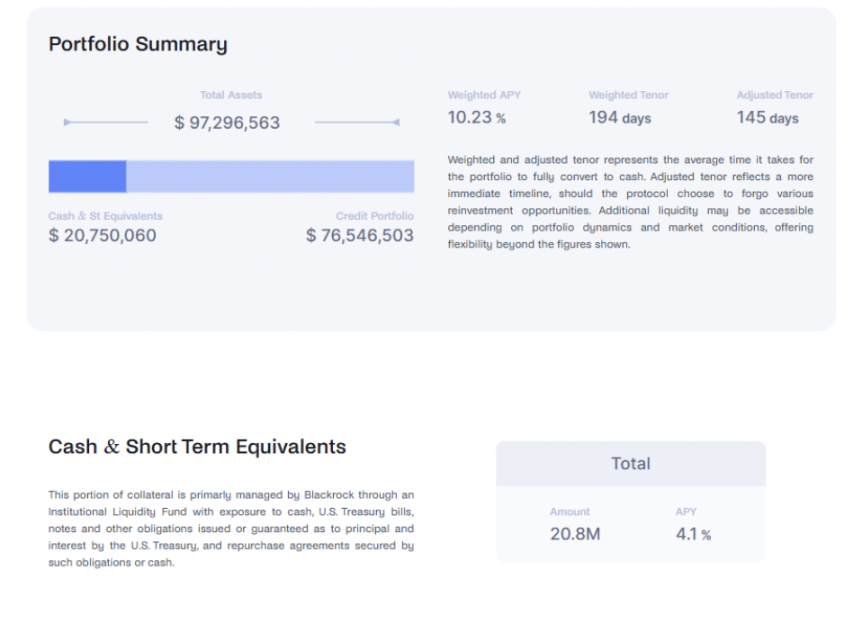
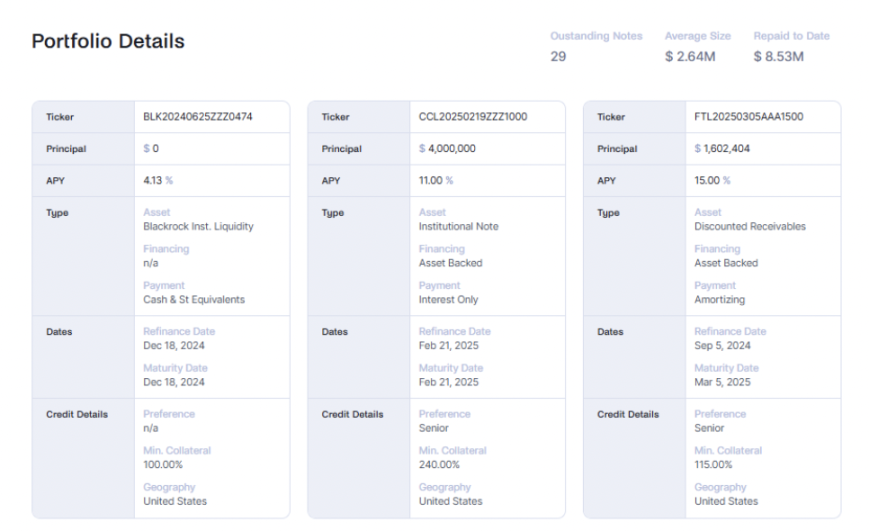
Source: Anzen
In terms of financing, Anzen received $4 million in seed round financing, with participation from Mechanism Capital, Circle Ventures, Frax, Arca, Infinity Ventures, Cherubic Ventures, Palm Drive Ventures, M31 Capital, and Kraynos Capital. Used Fjord to raise funds in the public offering and successfully obtained US$3 million.
In terms of ANZ token design, using the ve model, ANZ can lock up and pledge to obtain veANZ and obtain protocol income sharing.
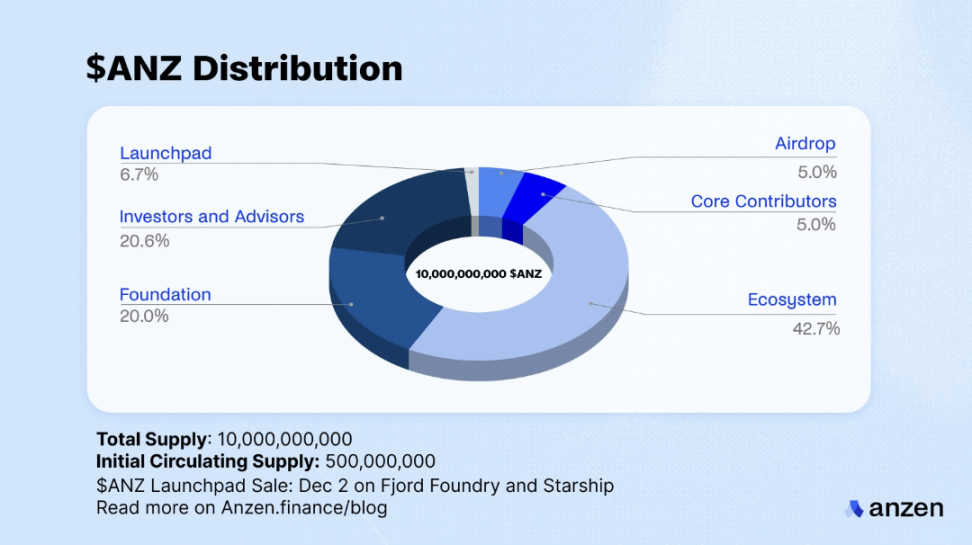
Source: Anzen
ANZ:
- Current price: 0.02548
- Market Cap Rank: 1,277
- Circulation market value: 21,679,860
- TVL:94,720,000
- TVL/MC:4,369
Resolv: Delta Neutral Stablecoin Protocol
Resolv has two products, USR and RLP.
- USR: ETH is used as collateral and is a stable currency generated by casting over-collateralization. At the same time, RPL is used to guarantee the price link. USR can be pledged to obtain stUSR to obtain income.
- RLP: USR has more than 100% collateral, of which the excess is used to support RLP. RLP is not a stable currency. The amount of collateral required to mint or redeem RLP tokens is determined based on the latest RLP price.
To generate ETH for USR, Resolv uses a delta-neutral strategy, and most of the collateral is directly stored on the chain and pledged. A portion of the collateral is held by the institution as futures margin.
100% of the on-chain collateral is deposited in Lido, and the short-selling collateral margin ranges from 20% to 30%, which means using a leverage of 3.3 to 5 times, of which 47% is in Binance, 21% is in Derlibit, and 31.3% is in Hyperliquid (using Ceffu and Fireblocks as Cex hosts)
- Source of income: On-chain pledge and funding rate
- Basic reward (70%): stUSR + RLP holders
- Risk premium (30%): RLP
Assume the collateral pool realizes a profit of $20,000:
- The basic reward calculation formula is $20,000*70%=$14,000, and is distributed proportionally based on the TVL of stUSR and RLP
- The risk premium calculation formula is $20,000*30%=$6,000, which is allocated to RLP.
It can be seen that RLP gets more profit distribution, but if the funding rate is a negative interest rate, funds will be deducted from the RLP pool, and the RLP risk is also higher.
Recently, Resolv has been launched on the Base network and has also launched a points activity. Anyone holding USR or RLP can earn points to pave the way for future currency issuance.
Relevant data:
- stUSR:12.53%
- RLP: 21.7%
- TVL:183M
- Mortgage rate: 126%




 chaincatcher
chaincatcher